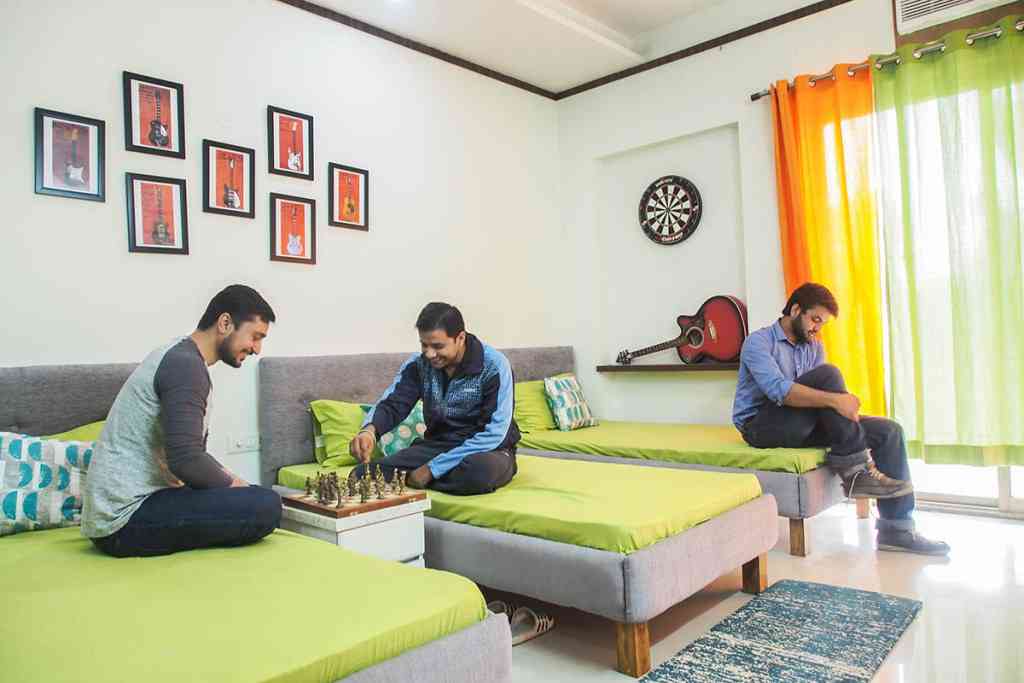Mixed-use developments are transforming urban landscapes by integrating residential, commercial, and retail spaces within single projects. This approach not only optimizes land use but also fosters vibrant, sustainable communities, particularly in rapidly urbanizing regions like India.
Historical Context: India’s urban development has a rich history of mixed-use areas. Cities like Mumbai and Delhi naturally evolved with neighborhoods where people lived, worked, and shopped in close proximity. This traditional model is now being modernized to meet contemporary needs and demands.
Benefits of Mixed-Use Developments:
One of the primary benefits of mixed-use developments is the enhancement of quality of life. These projects offer unparalleled convenience, with residents enjoying easy access to amenities, reducing travel time, and enhancing their daily lives. This proximity to amenities also fosters community engagement, as shared spaces encourage social interactions, creating a strong sense of community among residents.
Economically, mixed-use developments bring vibrancy to urban areas. Businesses thrive with increased foot traffic from residents and visitors alike, while the construction and maintenance of these developments generate significant employment opportunities. Additionally, the integrated nature of these projects often leads to higher property values, benefiting investors and local governments through increased tax revenues.
From a sustainability perspective, mixed-use developments contribute to a reduced carbon footprint. The close proximity of residential, commercial, and retail spaces decreases reliance on vehicles, promoting walking and cycling. Efficient land use in high-density living arrangements helps to mitigate urban sprawl, preserving green spaces and reducing environmental impact.
Design Considerations:
Designing successful mixed-use developments requires thoughtful urban planning and architectural innovation. Effective zoning and land-use policies are essential to balance the needs of residential, commercial, and public spaces. Incorporating green spaces and public amenities enhances the livability of these developments, providing residents with areas for recreation and relaxation.
Architectural innovation plays a crucial role in the success of mixed-use projects. Blending modern and traditional design elements can create aesthetically pleasing environments that respect cultural heritage while meeting contemporary needs. Utilizing sustainable building materials and practices ensures that these developments are environmentally friendly and energy-efficient.
Challenges and Solutions:
Implementing mixed-use developments is not without challenges. Navigating complex zoning laws and obtaining necessary approvals can be daunting for developers. Collaboration with local authorities and flexible zoning policies can facilitate smoother implementation. Ensuring adequate infrastructure, such as transportation, utilities, and public services, is crucial for the long-term success of mixed-use projects. Investing in infrastructure improvements can address these needs and support sustainable growth.
Community resistance is another challenge that developers often face. Engaging with local communities from the planning stages can help address concerns and build support for the project. Transparent communication and inclusive planning processes ensure that the development meets the needs and expectations of the community.
Case Studies:
Fort Kochi in Kerala exemplifies how historical architecture can be preserved and integrated with modern amenities, creating a vibrant mixed-use environment that attracts tourists and residents alike. DLF CyberHub in Gurugram is another successful example, blending office spaces, retail outlets, and entertainment venues to promote a live-work-play environment.
Future Trends:
Emerging trends and innovations are shaping the future of mixed-use developments. The integration of smart technology, such as IoT and smart city solutions, enhances the functionality and sustainability of these projects. Emphasizing green building certifications and energy-efficient designs will continue to be important as environmental concerns grow. Adaptive reuse of old buildings into mixed-use spaces preserves cultural heritage while meeting modern needs, offering a sustainable approach to urban development.
Mixed-use developments represent a promising solution to urban challenges, offering a blend of convenience, community, and sustainability. By embracing principles of connectivity, diversity, and innovation, these projects have the potential to transform urban landscapes, creating spaces that are not only functional but also enriching for residents and visitors alike. As cities continue to grow and evolve, mixed-use developments will play a crucial role in shaping the future of urban living, fostering vibrant, sustainable communities that cater to the diverse needs of their inhabitants.










